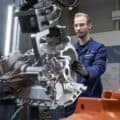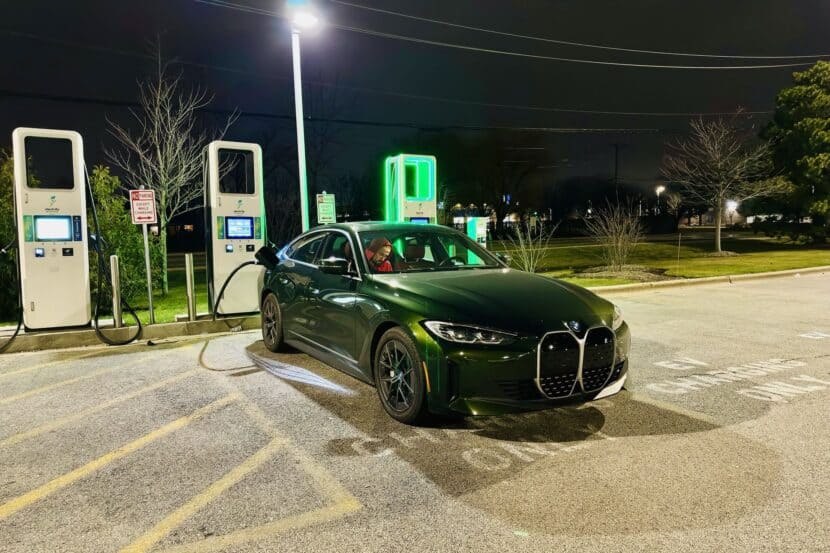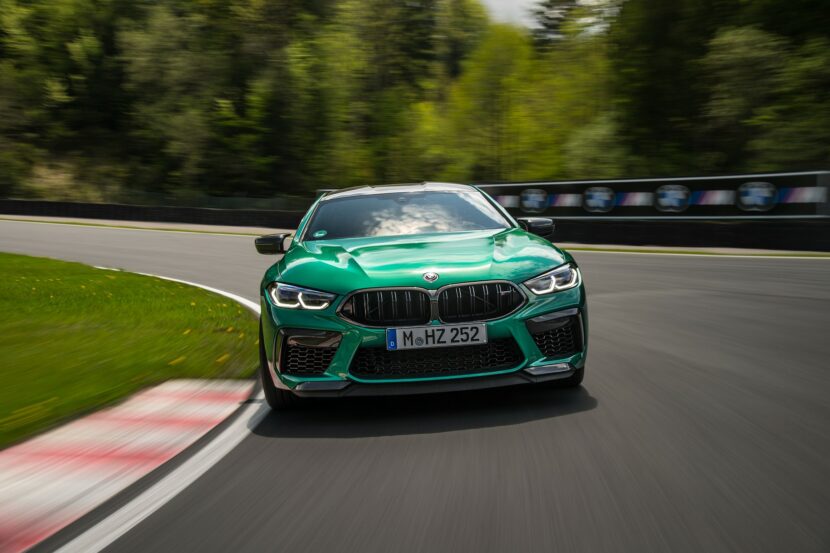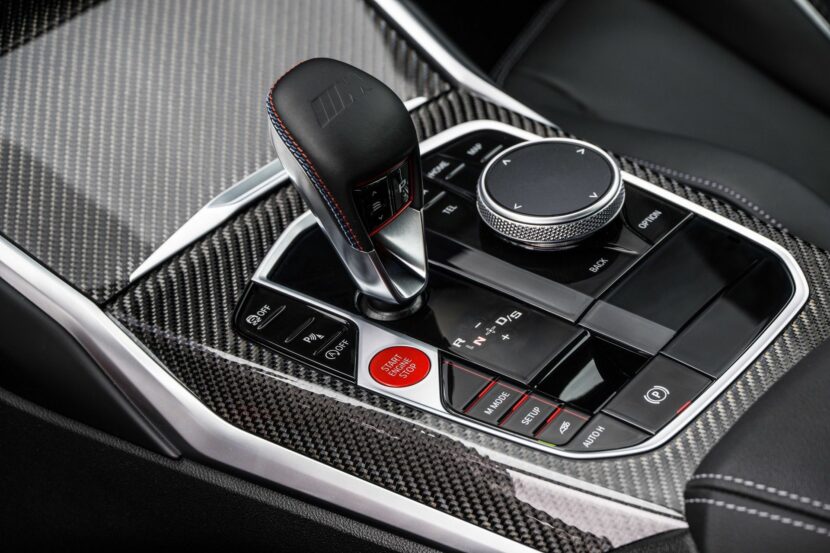Starting today, we will have some new content on our blog, we’re looking to mix up things a bit and start a section with How-to articles. We will keep the articles short and sweet, straight to the point.
The honor to start this new section goes to Stew, from BMWF1Blog, who will teach us what KERS is and how it works.
Straight from the 2009 F1 technical regulations is this definition of F1 KERS:
A system that is designed to recover kinetic energy from the car during braking, store that energy and make it available to propel the car.
Sounds simple enough.
The full KERS regulations are hugely complicated, but in general, units will be limited to 60Kw and the storage capacity for the device is limited to 400Kj. This means that a driver will be able to call upon an additional 80BHP.
So, what is all this about?
In F1, both a flywheel and an electronic systems will be used so here’s a brief description of both of these systems without getting too technical.
Flywheel
A flywheel is connected by a CVT (continuously variable transmission) to the drivetrain. When moving the CVT to a gear ratio that speeds the flywheel up, energy is stored. On the other side, it you move the CVT to a gear ratio that slows the flywheel down then energy is released. This energy is then at the drivers disposal and used with the touch of a button to produce about a 6 second burst of 80bhp.
Sounds simple and flywheel technology such as this isn’t new, but to develop a system for an F1 car is no simple task. Just try and make a system compact enough to fit into an F1 car with limited space, have it weigh somewhere around 5kg, have it withstand the forces created in an F1 car and then have it provide enough torque to actually prove beneficial to an F1 car. In a nutshell, that’s what teams have been up against.
Electronic
Electrical power generated by braking is stored for later use through a motor situated between the engine and the transmission. Being as the time the charge is held in storage is very short, super-capacitors designed to store a high charge for short periods of time are used rather than heavy batteries. This is the most popular system and the one most F1 teams including BMW Sauber will be using.
KERS has certainly had it’s share of controversy in the past year and as we get closer to the first race of 2009 in March, teams such as Ferrari who want the introduction of KERS delayed a year are getting louder.
One clear voice in favour of KERS for 2009 is Mario Theissen the team principal of BMW Sauber.





































































